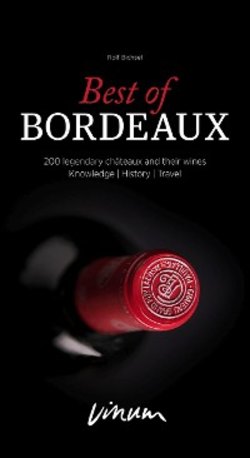Читать книгу Best of Bordeaux - Rolf Bichsel - Страница 11
Оглавление11
needed a grape variety that could withstand the capricious Atlantic climate:
Biturica, mentioned by Pliny the Elder and the agronomist Columella, and pos-
sibly a cross of varieties introduced from Spain and the Balkans. They planted
this wherever space could be found, gobbling up the terroir. And when they har-
vested more wine than they could drink, they sent the surplus to the newly con-
quered northern provinces of Brittany and Britain which had no lack of thirsty
throats but had had no success in growing vines despite numerous attempts to
select more resistant varieties. This required ships and a port, and Burdigala was
thus founded (thank you Jupiter), at least if historians are to be believed, as their
friends the archaeologists have not yet managed to find the Roman docks which
they presume to have existed in the most enterprising locations of the city.
One thing is certain: Bordeaux became the largest, most important wine city
in the world, as the half-moon-shaped meander of the Garonne – into which
numerous streams flow and where the original inhabitants of Bordeaux estab-
lished a settlement – was not only easy to defend, it also proved to be a perfect
natural port thanks to all the inflows from rivers such as the Lot, Tarn, Aveyron,
Baïse and Gers which chose the Garonne as their outlet. Then, and now, it acts as
an interchange and is the inevitable final stage of a journey from the hinterland
(nearly a quarter of modern France) along the almost 100 kilometre Gironde
estuary to the Atlantic, and offers links to the world's interconnected oceans.
In Bordeaux, the tides are still so strong that the river goes into reverse every
eight hours – acting as the perfect outboard motor for Roman galleys. By the first
century AD, Burdigala was already an emporium and a trade port, as recorded
by the historian Strabo.
Without its port, Bordeaux would now be part of a region called Libourne
rather than the other way around, for the right bank of the Dordogne in Saint-
Emilion – where Atlantic influences are more tempered and olive trees and cork
oaks are able to survive in clay and gravel soils – contained what was an ideal
Lafite Rothschild
